I still remember last summer when I bought a new pair of sneakers with TPR soles. On the first day out, they picked up a ton of dust and some mysterious stains. Staring at those grimy soles when I got home, I couldn’t help but wonder, “Are TPR soles just magnets for dirt?” I bet many of you have had similar experiences, especially if you love white shoes or frequently walk outdoors. Dirty soles can make the whole shoe look worn out. As someone who’s been in the footwear industry for over a decade, I want to dive into the world of TPR soles today: Are they really prone to getting dirty? If they do get dirty, what’s the best way to clean them? And are there ways to keep them cleaner for longer? Let’s tackle these questions step by step.
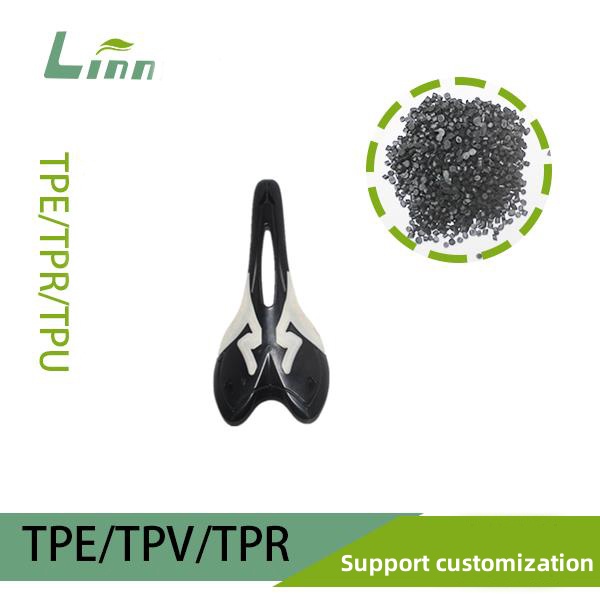
What Are TPR Soles? Let’s Get to Know Their “Personality”
To understand why TPR soles might get dirty, we first need to know what they’re made of. TPR (Thermoplastic Rubber) is a material that combines the elasticity of rubber with the processability of plastic, commonly used in the soles of sneakers, casual shoes, and even kids’ shoes. Its strengths are pretty clear:
Lightweight: Lighter than traditional rubber soles, making them comfortable for all-day wear.
Soft and Flexible: Provides decent cushioning, enhancing comfort during walking.
Cost-Effective: Simple production process, making it affordable for everyday consumers.
Eco-Friendly: TPR is recyclable, aligning with sustainable manufacturing trends.
But every material has its quirks, and TPR is no exception:
Rough Surface Texture: TPR soles often have a textured surface that tends to trap dust and small particles.
Moderate Durability: Compared to EVA or PU soles, TPR may wear down over time, making it more prone to holding dirt.
Limited Oil Resistance: TPR soles struggle with oily stains, which can be tougher to clean than on other materials.
During a shoe sole testing project I worked on years ago, I noticed that TPR soles picked up more dust than EVA soles in dry, dusty environments. However, their grip in wet conditions was surprisingly impressive. So, the dirt issue with TPR soles is closely tied to their material properties.
Are TPR Soles Really That Prone to Dirt?
To be honest, TPR soles are indeed more likely to attract dirt than some smoother materials like PU or hard rubber, but calling them “particularly prone” might be a bit of an exaggeration. Whether they get dirty depends on a few key factors:
Sole Tread Design: TPR soles often feature deep grooves for better traction, but these grooves act like “dust traps,” collecting mud, dirt, or even small pebbles. I have a pair of TPR-soled hiking shoes, and after a walk on a dirt trail, the treads were packed with mud clumps—cleaning them was quite a workout!
Usage Environment: If you’re walking on clean city sidewalks, TPR soles may not get too dirty. But in muddy suburbs or greasy kitchen floors, they can become a mess fast.
Color Impact: White or light-colored TPR soles show dirt more visibly than darker ones, creating the illusion that they get dirty faster.
To give you a clearer picture, here’s a comparison table of TPR soles versus other common sole materials:
|
Sole Material |
Dirt Proneness |
Cleaning Difficulty |
Common Uses |
|---|---|---|---|
|
TPR |
Moderately High |
Moderate |
Sneakers, Casual Shoes |
|
EVA |
Low |
Easy |
Running Shoes, Lightweight Shoes |
|
PU |
Moderate |
Moderate |
Dress Shoes, Casual Shoes |
|
Rubber |
Low |
Moderately High |
Outdoor Shoes, Work Boots |
As you can see, TPR soles aren’t the least dirt-resistant, but they’re not outrageously dirty either. EVA soles, with their smoother surfaces, tend to pick up less dust, while rubber soles, though durable, can be tricky to clean in oily conditions.
A friend of mine, an avid hiker, once complained that his TPR-soled hiking shoes turned into a “mud museum” after every trip. But he also noted something interesting: while TPR soles collect dirt easily, the stains don’t usually penetrate the material itself, unlike some porous materials. So, the dirt issue is mostly surface-level—it’s all about how you handle it.
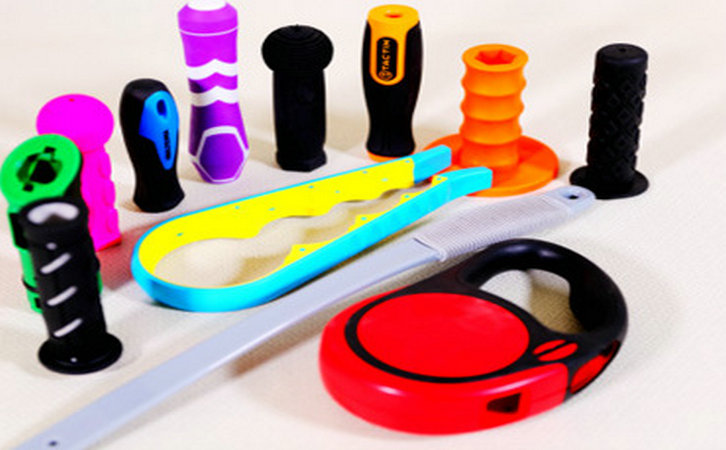
How to Clean TPR Soles? A Step-by-Step Guide
Since TPR soles will inevitably get dirty, let’s talk about how to make them look brand new again. Here are some tried-and-true cleaning methods I’ve used over the years, all simple and effective for most TPR soles:
1. Basic Cleaning: Dry Brush + Wet Wipe
Tools: Old toothbrush, cloth, warm water, mild detergent (like dish soap).
Steps:
Use a dry toothbrush to scrub off loose dirt and debris, focusing on the grooves in the tread.
Mix a few drops of dish soap with warm water, dampen a cloth, and wipe down the sole. Avoid using too much water to prevent it from seeping into the sole-shoe connection.
For stubborn stains, dip the toothbrush in the soapy water and gently scrub.
Wipe away any soap residue with a clean, damp cloth, then dry with a dry cloth.
Tip: Avoid bleach or strong acidic/alkaline cleaners, as they can damage TPR and shorten its lifespan.
2. Tackling Oil Stains: Baking Soda + Vinegar
Oily stains are TPR soles’ worst enemy—like stepping in grease on a restaurant floor. My go-to solution is baking soda and white vinegar:
Sprinkle baking soda on the sole, then lightly spray a 1:1 mix of white vinegar and water. Let it sit for 5 minutes to break down the oil.
Scrub with a toothbrush, then rinse with clean water. It works like a charm.
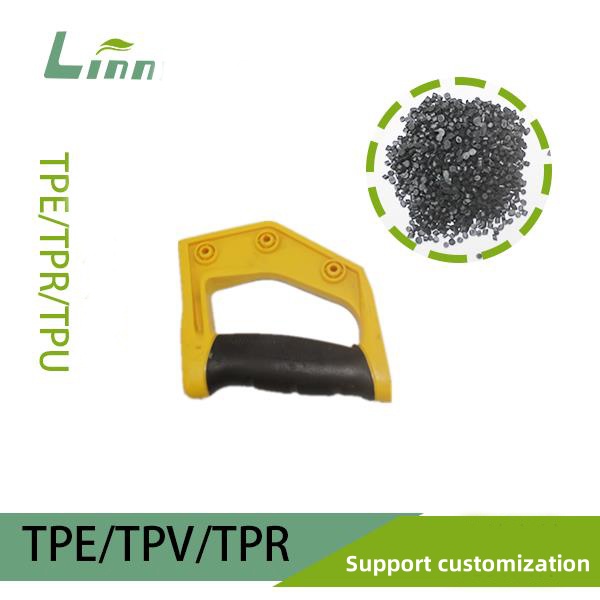
3. Deep Cleaning: Soak and Scrub
For really filthy soles, a soak might do the trick:
Fill a basin with warm water and a small amount of laundry detergent, then soak just the sole for 10-15 minutes (avoid submerging the upper part of the shoe).
Scrub the treads with a brush, rinse thoroughly, and air-dry.
Note: Don’t soak TPR soles for too long, as it could accelerate material aging. Avoid direct sunlight when drying; let them air-dry in a well-ventilated area.
4. Lazy Hack: Cleaning Wipes
If you’re like me and sometimes don’t feel like scrubbing, keep some shoe-specific cleaning wipes handy. A quick wipe can remove light dirt, perfect for daily maintenance.
I once used cleaning wipes on my TPR soles after an outdoor event, and they worked surprisingly well for a quick fix. For tougher stains, though, you’ll still need a brush and some elbow grease.
How to Prevent TPR Soles from Getting Dirty? Practical Tips
Cleaning is important, but prevention is even better. Here are some tricks I’ve picked up to keep TPR soles cleaner:
Choose Dark-Colored Soles: Black or dark gray TPR soles hide dirt better than white ones.
Apply Wax: A thin layer of sole-specific protective wax (available online or in shoe stores) can reduce dust adhesion.
Avoid Greasy Areas: Steer clear of oily environments like kitchens or food stalls.
Use Sole Protectors: Transparent sole protection stickers can shield TPR soles from direct contact with dirt.
Clean Regularly: After each outing, give the soles a quick brush or wipe to prevent dirt buildup.
I’ve gotten into the habit of brushing my soles with an old toothbrush at the door after every outing. It takes less than 5 minutes and keeps my shoes looking fresh while extending their lifespan.
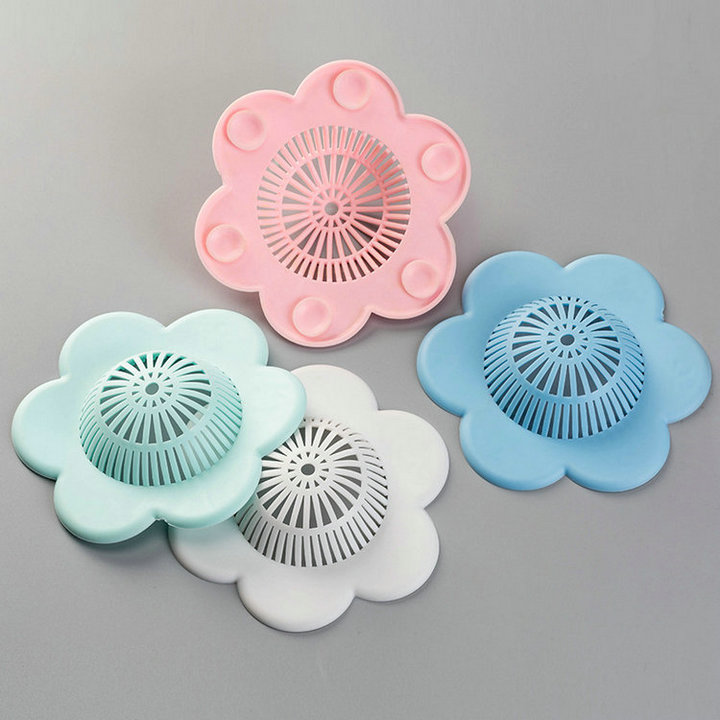
When Are TPR Soles the Right Choice?
Now that we’ve covered the dirt issue, let’s talk about when TPR soles shine. Choosing the right shoe can minimize dirt-related hassles:
Daily Commuting: TPR’s lightweight and flexible nature makes it great for city walking, especially on clean surfaces.
Light Outdoor Activities: Short hikes or casual outings are fine, but avoid muddy or slippery terrains.
Kids’ Shoes: TPR soles are soft and safe, ideal for children’s daily wear, though regular cleaning is a must to avoid bacteria buildup.
Not Ideal For: Long-term use in oily environments (like restaurant work) or extreme outdoor conditions, where TPR may wear out faster and get dirtier.
A colleague of mine swears by TPR-soled shoes for her kids because they’re comfy and light. But she also grumbles about how dirty they get after a day on the playground. So, match your shoe choice to your lifestyle.
Wrapping Up: TPR Soles Aren’t “High-Maintenance,” It’s All About How You Use Them
TPR soles may pick up dirt a bit more easily than some materials, but with the right cleaning techniques and preventive measures, you can keep them looking sharp. Choose the right shoes, clean them regularly, and use effective cleaning methods—and your TPR soles will stay both functional and stylish. Having spent years in the footwear industry, I know shoes are more than just something you wear; they reflect your lifestyle and personality. I hope this guide helps you conquer the dirt dilemma and keeps your TPR-soled shoes ready for any adventure!
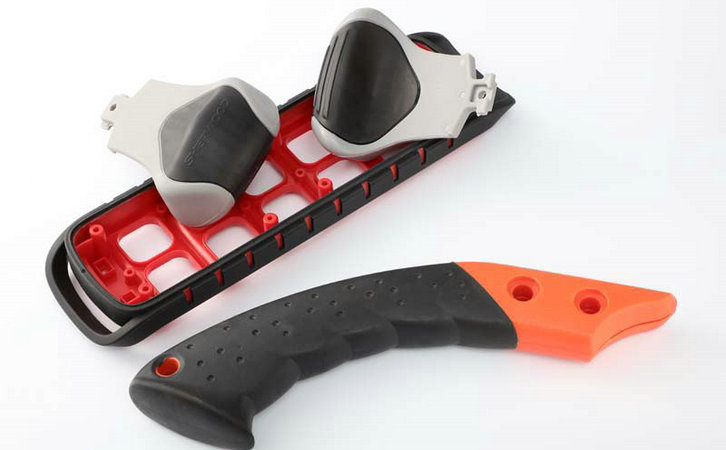
Frequently Asked Questions
1. Are TPR soles or rubber soles more dirt-resistant?
Rubber soles, especially high-density ones, are generally more dirt-resistant due to their smoother surfaces. However, TPR soles are lighter and better for casual wear, so it depends on your needs.
2. Can TPR soles be cleaned in a washing machine?
I don’t recommend tossing them in the washing machine, as prolonged soaking or mechanical stress could damage TPR. Hand-cleaning with a brush and mild detergent is safer.
3. How do I fix yellowing on white TPR soles?
For yellowed white soles, try scrubbing with a baking soda and vinegar mix or toothpaste. Rinse thoroughly and air-dry away from direct sunlight.
4. Are TPR soles good for running?
TPR soles are fine for light running or casual workouts, but for intense, long-distance running, EVA or PU soles offer better cushioning and durability.
5. How can I tell if my shoe sole is TPR?
TPR soles often have a slight rubbery smell, feel soft and flexible, and may be labeled “TPR” or “Thermoplastic Rubber.” Check with the retailer or product description if unsure.





